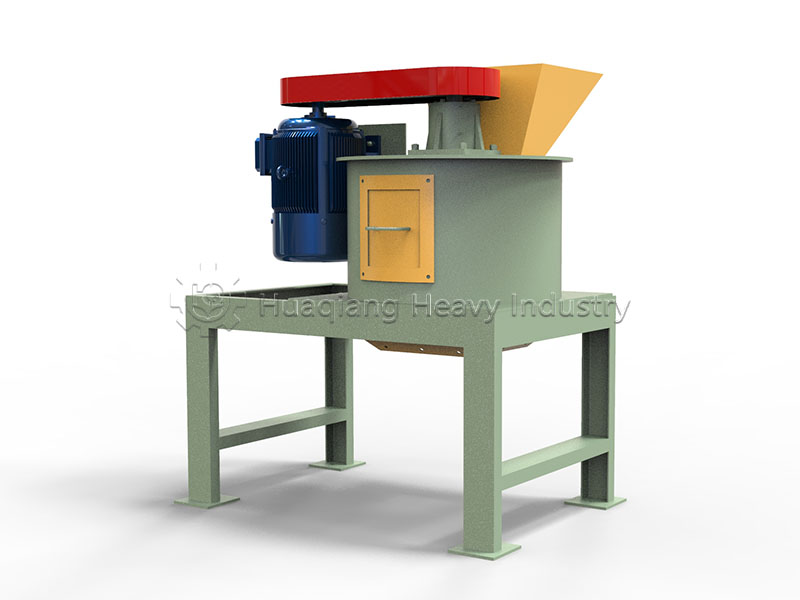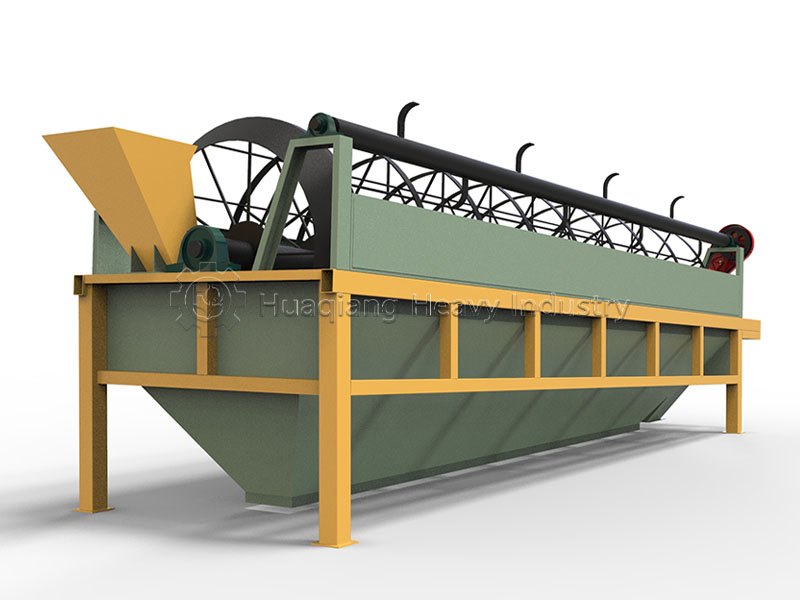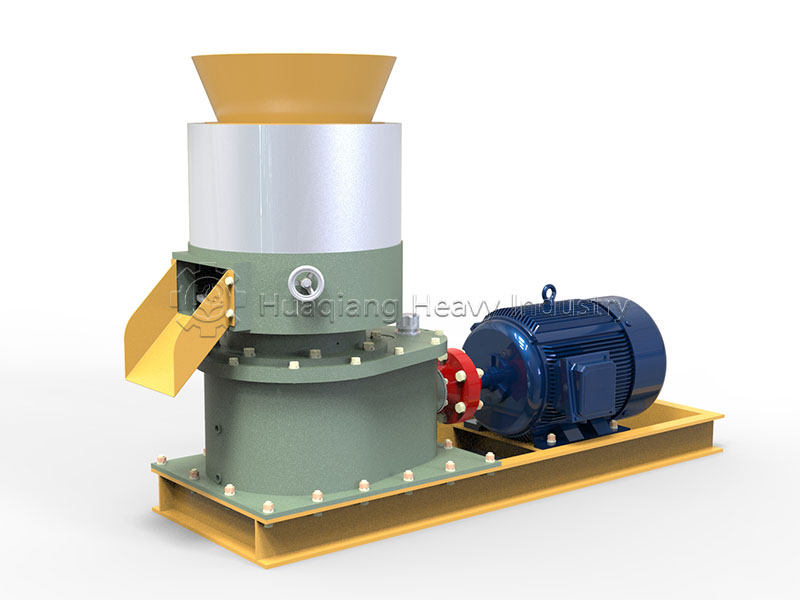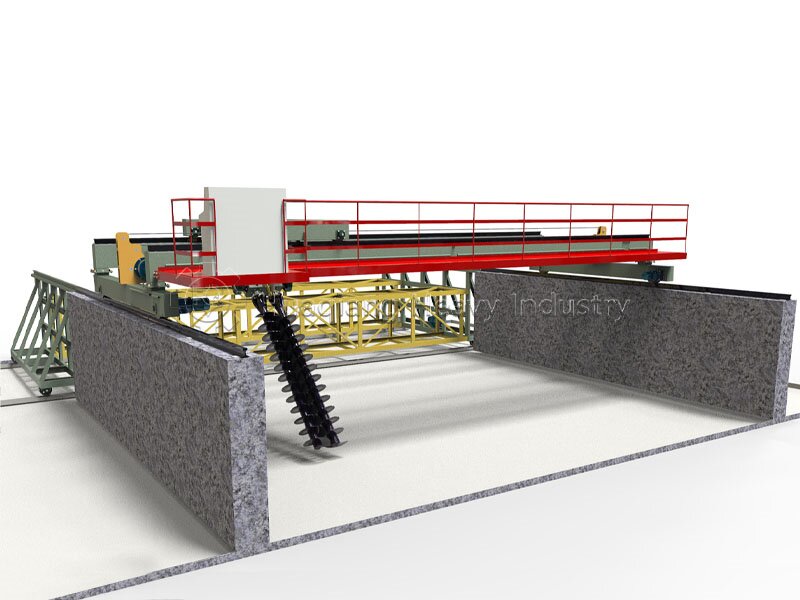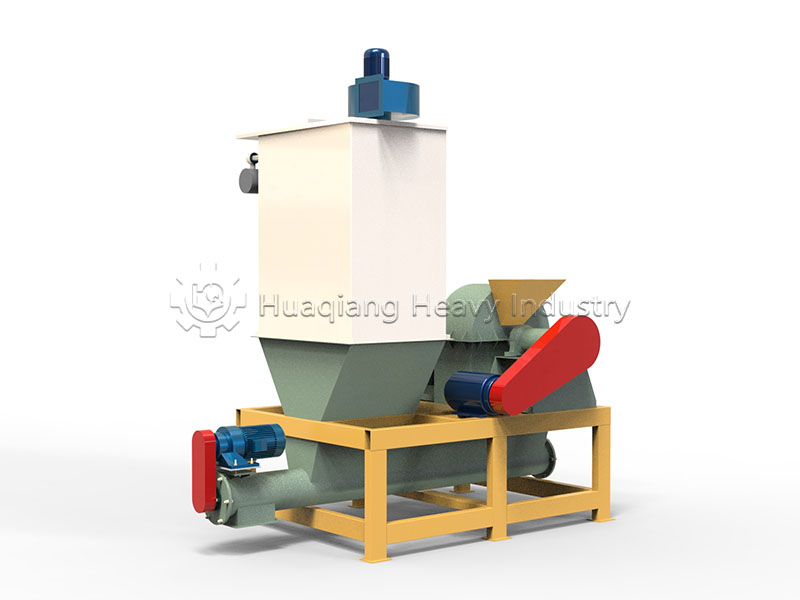In modern organic fertilizer production lines, the double roller press granulator, as an important type of organic fertilizer granulator, demonstrates significant advantages among various organic fertilizer production equipment due to its unique dry forming process.
As a key piece of equipment in organic fertilizer production lines, the double roller press granulator’s most significant feature is its non-drying process. This process characteristic allows it to significantly reduce energy consumption throughout the entire organic fertilizer production line, especially when processing organic materials with suitable moisture content, where its energy-saving effect is even more pronounced.
Practical production shows that this equipment exhibits broad raw material adaptability in organic fertilizer production lines. Whether it’s fully fermented livestock and poultry manure or pulverized straw, as long as its physical properties meet the requirements, it can achieve good forming through roller extrusion. This flexibility makes it uniquely valuable in processing diverse organic waste.
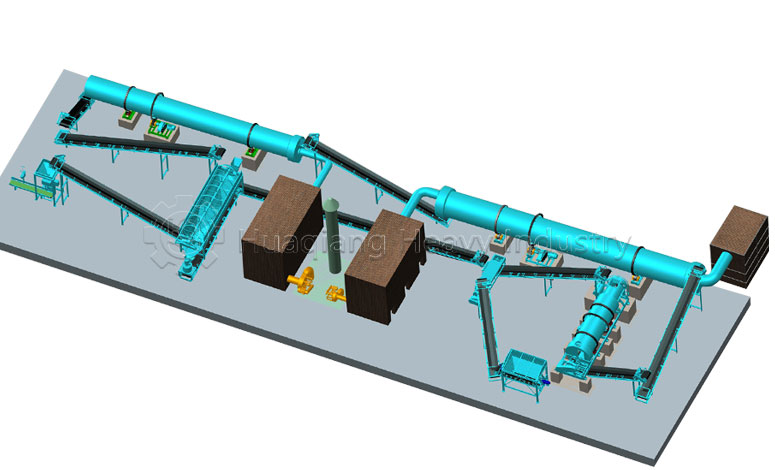
In terms of finished product quality, the organic fertilizer granules produced by the double roller press granulator are characterized by high density and high strength. These physical properties allow the product to maintain good integrity during subsequent packaging, transportation, and storage. Meanwhile, by changing the specifications of the pressure roller dies, granular products that meet different agricultural application needs can be produced.
With the organic fertilizer industry trending towards energy conservation and environmental protection, the role of double roller press granulators in organic fertilizer production lines is becoming increasingly prominent. In the selection of modern organic fertilizer production equipment, this granulation technology is providing organic fertilizer production enterprises with a more economical and environmentally friendly solution due to its unique advantages.

